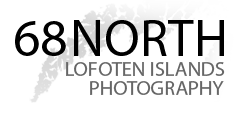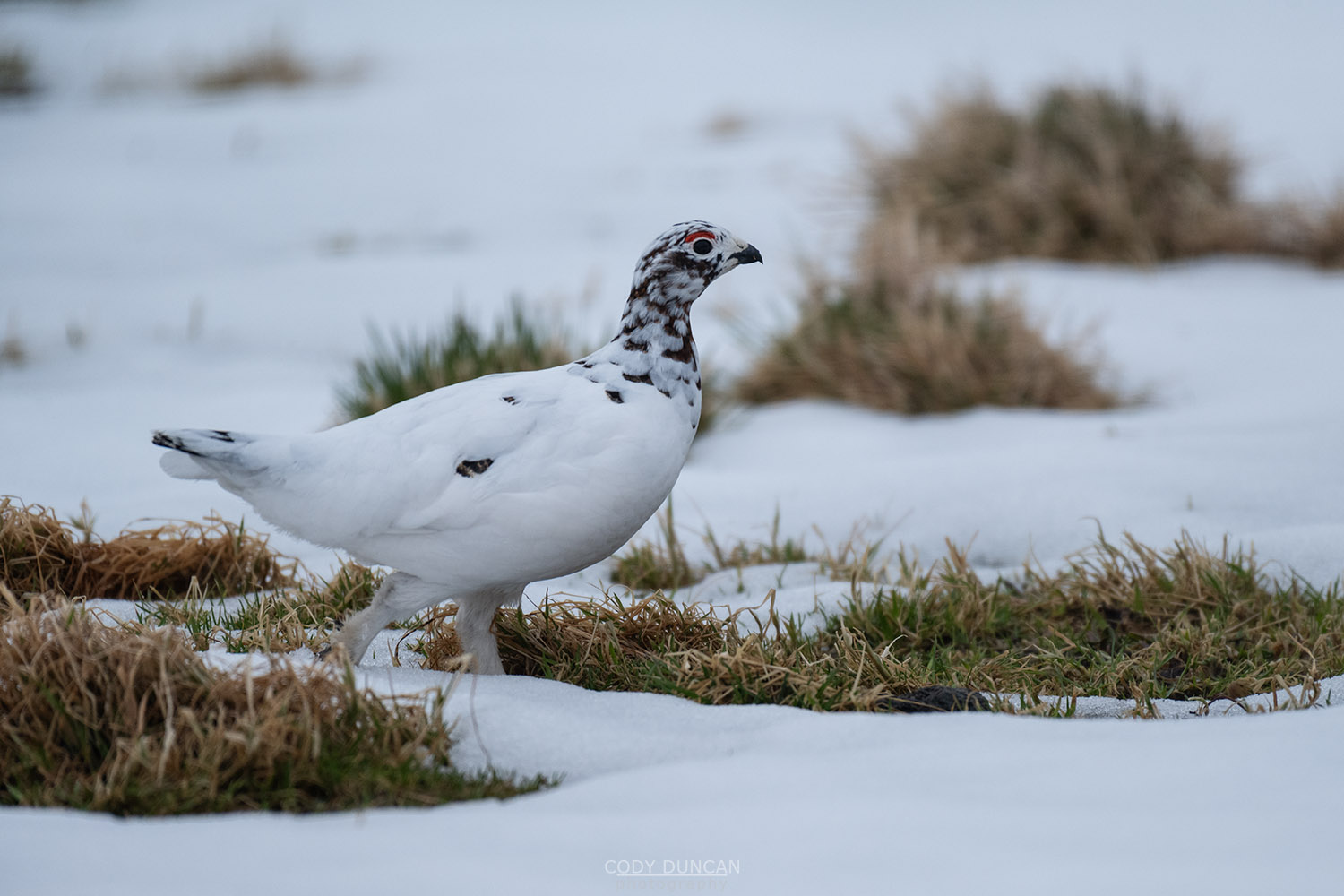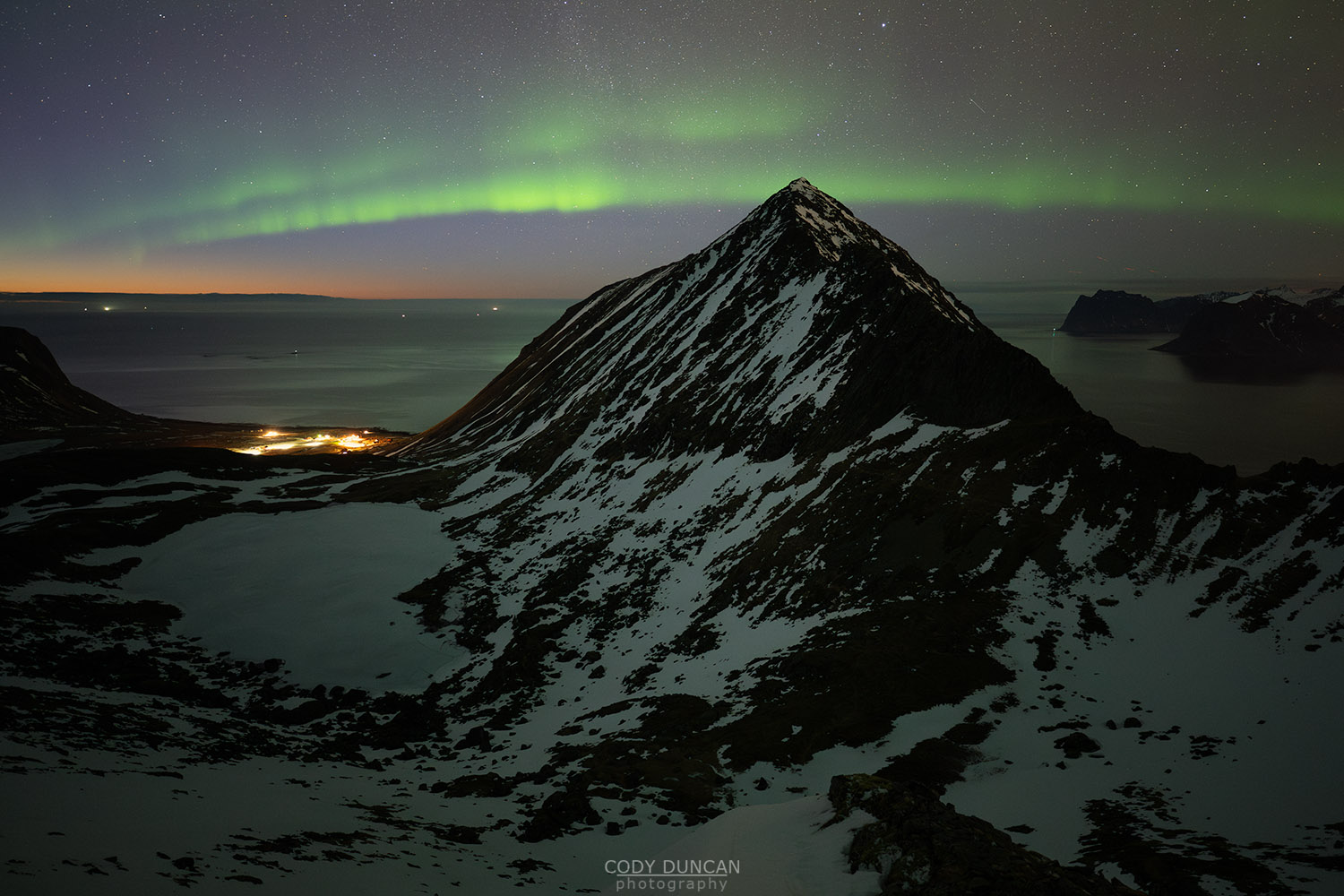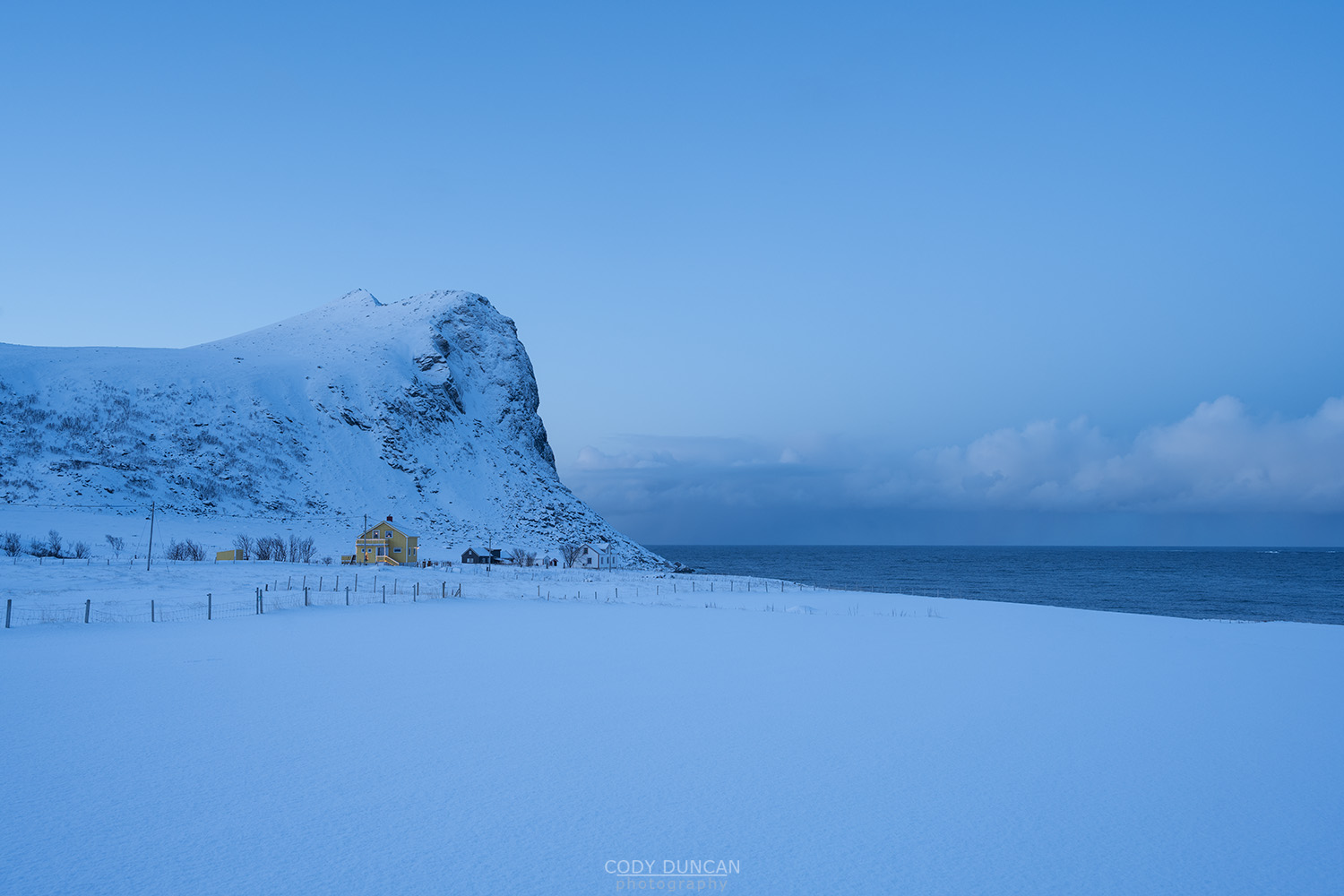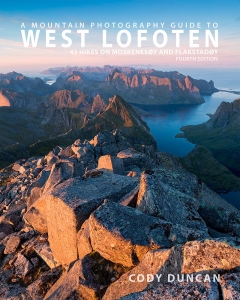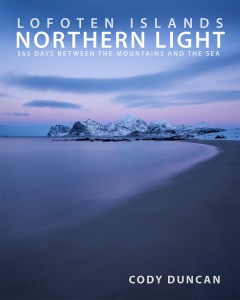Friday Photo #603 – Trashing Lofoten

Photo: Bags of trash left in open at parking near popular beach area, Flakstadøy, Lofoten Islands, Norway. July 20, 2024. 17:15
This is one of those articles which I don’t like to, and shouldn’t have to write. But I unfortunately do.
It is peak tourists season on Lofoten here in late July and the streets are full of traffic and in the evenings it seems every possible roadside pullout is filled with motorhomes and camper vans participating in Norway’s generous camping laws. This summer will likely be the busiest ever on Lofoten, and the pressure among the local community can be felt. While there are always the usual summer ‘tourist chaos’ articles in the local newspapers, the intensity, and frustration among a small, but vocal portion of the local population seems quite high this year.
Much of the frustration stems from the failures of the Norwegian government to adequately deal with the increase in tourism – increases that the government itself has promoted. There is no tourist tax of any sort in Norway. Lofoten was supposed to be a trail program of some sort, but so far nothing has been implemented. This leaves small municipalities of 1000 people to more or less fend for themselves and supply the infrastructure for 1 million visitors. Moskenes municipally is one of the poorest in Norway and has been on a special government oversight list for more than a decade. Norway might be rich, but Lofoten isn’t.
The same applies to the roads and tunnels of Lofoten. The E10 might be an European motorway, but much of it feels like some small country road in the middle of nowhere that receives little traffic. Already this summer there have been multiple car crashes (and fatalities), in which the poor standard of Lofoten’s roads are likely a contributing factor. In the Nappstraumen tunnel which I pass through almost daily, I regularly see glass and plastic in the roadway from vehicles hitting their mirrors together – and last summer I was even directly behind one such incident which sent glass flying all over my van.
I could go on and on with the reasons the local population feels frustrated. But now I will switch to when I get annoyed: laziness and self entitlement.
Road trips in my van or a rented van is my preferred way to travel. I regularly travel around northern Norway and have made several (rental) van trips to Scotland over the last years. I reference Scotland, because it too has similar ‘right to roam’ laws as Norway’s Allemannsretten.
One thing I would never think of doing is just leaving my trash on the side of the road in some isolated area. And as much as possible I attempt to dispose of any garbage in convent area for the local services, and not some hard to reach location where trash collection might be infrequent. If I had enough room to carry the trash to a location, I have enough room to take it back to where it was purchased.
The picture here is what ended up being left in at the parking for Myrland beach over the course of a week or so. Inside was packaging from Germany and Sweden (and Norway). If you can carry a water bottle and tin of beans 3000km from Germany, it can be taken a few more kilometres down the road to the nearest trash bin. This is pure laziness and selfishness. You have camped for free in a beautiful location, and then just leave a bag of trash for someone else to deal with. WTF!
The people who left the trash here will likely never read this or even care. Nothing can get in the way of their convenience and laziness. But many such situations happen daily on Lofoten. And the local population is becoming frustrated. I will not be surprised if there is a total ban on van/motorhome camping implemented within the next few years, ruining the ‘wild’ Lofoten experience for all future people, just because a few inconsiderate people have been too lazy to take away their own trash…
Please enjoy your free camping in beautiful Lofoten. But don’t expect me or my neighbours to clean up after you. Leaving no trace is a key part of the freedom of Allemannsretten. If you are leaving trash, then you are abusing Norway’s generosity.
Camera Info:
Nikon Z8
Nikon 24-120mm f/4
31mm
ISO 100
f 6.3
1/640 Second
WB Daylight
